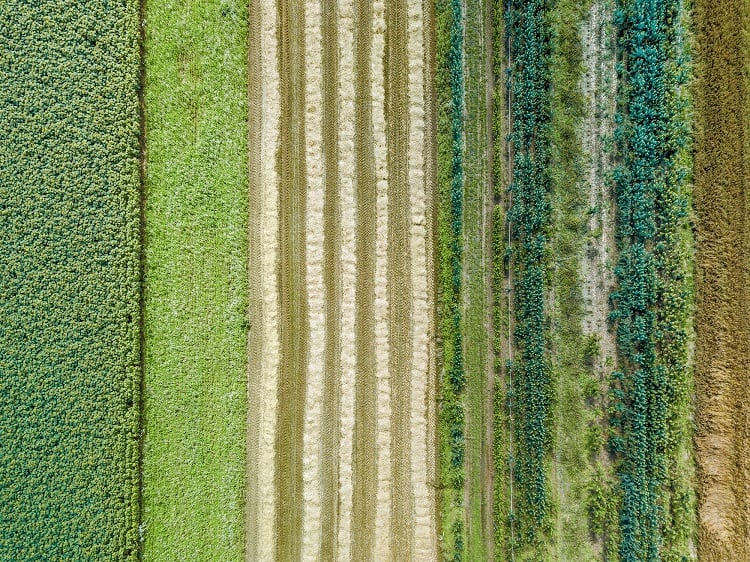The semi-dwarf or reduced-height wheat variety makes up nearly 100% of global supplies and is the main ingredient of many foods. It was developed in the 1950s in Mexico in order to increase yields, by not falling over in the wind, and make the country more self-sufficient in food production. Since the Green Revolution of the 1960s, reduced height genes have continued to increase global wheat yields.
The Green Revolution saved an estimated 1 billion people from starvation. But shorter wheat is unsuited to climate change and extreme weather. Scientists have calculated that a 1C rise in global temperature would cut global wheat production by 6.4%. This year’s extreme weather has already caused wheat production losses of 7 million tonnes, according to data from Refinitiv Agriculture Research.
Genes bred into wheat have another a disadvantage: when these varieties are planted deeper to access moisture in water limited environments, they can fail to reach the surface of the soil.
Researchers at the John Innes Centre in collaboration with an international team of researchers have now discovered a new height-reducing gene (called Rht13) meaning seeds can be planted deeper in the soil giving access to moisture, without the adverse effect on seedling emergence seen with existing wheat varieties.
Varieties of wheat with the Rht13 gene could be rapidly bred into wheat varieties to enable farmers to grow reduced-height wheat in drier soil conditions, the researchers said.
“We have found a new mechanism that can make reduced-height wheat varieties without some of the disadvantages associated with the conventional semi-dwarfing genes. The discovery of the gene, its effects and exact location on the wheat genome, means that we can give breeders a perfect genetic marker to allow them to breed more climate-resilient wheat,” said John Innes Centre group leader Dr Philippa Borrill corresponding author of the study.
The study, which appears in the Proceedings of the National Academy of Sciences (PNAS), suggests that additional agronomic benefits of the new semi-dwarfing gene may include stiffer stems, which are better able to withstand stormier weather.
The newly discovered Rht13 dwarf gene overcomes this problem of seedling emergence, the researchers said, because the gene acts in tissues higher up in the wheat stem. The dwarfing mechanism only takes effect therefore once the seedling has fully emerged. This gives farmers a significant advantage when planting deeper in dry conditions.
In collaboration with the group of Wolfgang Spielmeyer at CSIRO Australia, researchers used RNA and chromosome sequencing to track down the new semi-dwarfing gene.
“This is an exciting discovery because it opens a new way to use these genes in breeding in agriculture,” explained Dr Borrill. “In dry environments, the alternative reduced height gene will allow farmers to sow seeds at depth – and not have to gamble on the seedlings emerging. We think the stiffer stems could result in less lodging – where stems fall over – and the upregulation of a pathogen related dwarfing gene may help to enhance resistance response to certain pathogens.”
The next step for this research will be to test how this gene works in diverse agronomic environments from the UK to Australia. The research team are also investigating how the mechanism works and are exploring the hypothesis that it may be down to molecular restrictions on the cell wall preventing elongation.
Reference
An autoactive NB-LRR gene causes Rht13 dwarfism in wheat
Proceedings of the National Academy of Sciences
DOI: https://doi.org/10.1073/pnas.2209875119



